There's all to play for in the energy sector, and the big drinks makers are poised for the next phase of expansion
The energy drinks sector continues to grow and remains one of the most dynamic in the overall soft drinks market. Lucozade and Red Bull dominate, and both are showing no signs of flagging, having shown impressive growth in the take-home trade. According to the Britvic Soft Drinks Report, Lucozade rose 10% in value to £253m, and Red Bull climbed 13% to £124m in 2005.
"People are busier and leading more active lives, which means there is an increasing role for products with functionality," says Colin Seymour, sales strategy and category planning director at Lucozade owner GlaxoSmithKline. "Whether it is to help them in their everyday lives, or for sports or other areas, the industry is developing products that are designed to meet those needs."
According to Seymour, sports and energy drinks still only have 20% household penetration."There is lots of scope for bringing in new users and therefore scope to grow the category."
Energy and sports drinks appeal to a fairly broad audience, ranging from office workers putting in long hours and tired drivers to gym bunnies, clubbers and students. Lucozade Energy's core users are 18 to 35-year-old males, says Seymour, while Lucozade Sport has a slightly younger profile. Lucozade HydroActive, which is its low-calorie exercise formulation, has a more female bias. Others are keen to exploit the sector's growth potential. Coca-Cola Enterprises has made a number of recent launches into the sector, including Sprite 3G which hit shelves last October. 3G refers to the ingredients added to the lemon and lime flavour Sprite, which are glucose, guarana and caffeine from green coffee beans.
CCE operational marketing director Kieran Hemsworth is sure that it can take on established brands: "We're confident that Sprite 3G will prove a successful addition to the growing Sprite portfolio."
CCE has also launched Relentless, a fruit-flavoured caffeine drink that it says takes its brand inspiration from modern punk rock bands, such as Green Day, and core action sports. The brand, which was launched in February, has a different position from other energy drinks on the market as it comes in a 500ml can.
Barr Soft Drinks is also trying to get in on the energy drinks act, with the launch of its first major Irn-Bru brand extension for 26 years, Irn-Bru 32, which made its debut in March. The name relates to the main brand's 32 secret ingredients to which caffeine and taurine have been added to offer "pure mental stimulation".
The key to success in the market, according to GlaxoSmithKline's Seymour, is to offer the right packs, flavour ranges and communications, and to ensure that people can see a broad range of energy and sports drinks in store.
Read more
Focus on Soft Drinks (May 2006)
The energy drinks sector continues to grow and remains one of the most dynamic in the overall soft drinks market. Lucozade and Red Bull dominate, and both are showing no signs of flagging, having shown impressive growth in the take-home trade. According to the Britvic Soft Drinks Report, Lucozade rose 10% in value to £253m, and Red Bull climbed 13% to £124m in 2005.
"People are busier and leading more active lives, which means there is an increasing role for products with functionality," says Colin Seymour, sales strategy and category planning director at Lucozade owner GlaxoSmithKline. "Whether it is to help them in their everyday lives, or for sports or other areas, the industry is developing products that are designed to meet those needs."
According to Seymour, sports and energy drinks still only have 20% household penetration."There is lots of scope for bringing in new users and therefore scope to grow the category."
Energy and sports drinks appeal to a fairly broad audience, ranging from office workers putting in long hours and tired drivers to gym bunnies, clubbers and students. Lucozade Energy's core users are 18 to 35-year-old males, says Seymour, while Lucozade Sport has a slightly younger profile. Lucozade HydroActive, which is its low-calorie exercise formulation, has a more female bias. Others are keen to exploit the sector's growth potential. Coca-Cola Enterprises has made a number of recent launches into the sector, including Sprite 3G which hit shelves last October. 3G refers to the ingredients added to the lemon and lime flavour Sprite, which are glucose, guarana and caffeine from green coffee beans.
CCE operational marketing director Kieran Hemsworth is sure that it can take on established brands: "We're confident that Sprite 3G will prove a successful addition to the growing Sprite portfolio."
CCE has also launched Relentless, a fruit-flavoured caffeine drink that it says takes its brand inspiration from modern punk rock bands, such as Green Day, and core action sports. The brand, which was launched in February, has a different position from other energy drinks on the market as it comes in a 500ml can.
Barr Soft Drinks is also trying to get in on the energy drinks act, with the launch of its first major Irn-Bru brand extension for 26 years, Irn-Bru 32, which made its debut in March. The name relates to the main brand's 32 secret ingredients to which caffeine and taurine have been added to offer "pure mental stimulation".
The key to success in the market, according to GlaxoSmithKline's Seymour, is to offer the right packs, flavour ranges and communications, and to ensure that people can see a broad range of energy and sports drinks in store.
Read more
Focus on Soft Drinks (May 2006)




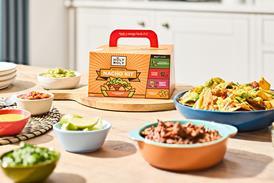






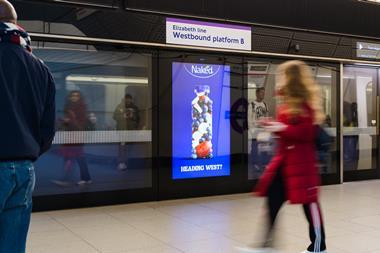
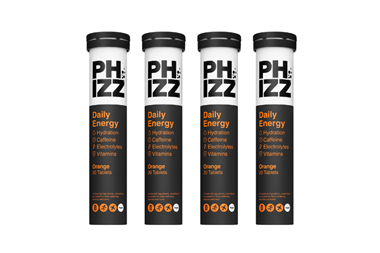


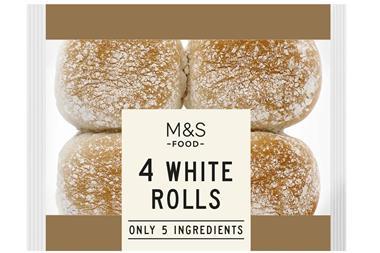


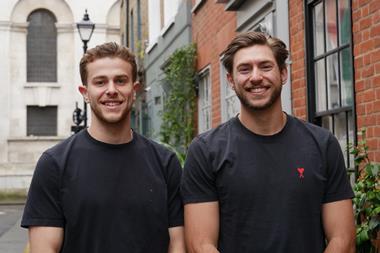
No comments yet